Related: Prince Harry and Meghan Markle: A Timeline of Their Relationship
Advertisement
Prince Harry and Meghan Markle headed to warmer climates for a fabulous date night celebrating the upcoming Bob Marley: One Love biopic.
The pair walked the red carpet at the film’s premiere on Tuesday, January 23, held at the Carib 5 Theatre in Kingston, Jamaica, per footage obtained by Entertainment Tonight. The couple appeared to be in good spirits as walked hand in hand and posed for cameras alongside Paramount Pictures and Nickelodeon CEO Brian Robbins.
Both Harry, 39, and Meghan, 42, were dressed to impress for the event. Harry donned a blue suit and white button-down shirt sans tie, while Meghan stunned in a gorgeous black gown. She completed the look with a matching clutch and gold earrings, wearing her hair pulled back in a low bun.
Directed by Reinaldo Marcus Green, One Love is one of the first authorized biopics since Bob Marley’s 1981 death at the age of 36. The film is produced in partnership with the Marley family, with Bob’s son, Ziggy Marley, serving as producer. Kingsley Ben-Adir stars in the titular role while Lashana Lynch, James Norton, Tosin Cole, Anthony Welsh, Michael Gandolfini, Umi Myers and Nadine Marshall round out the cast.
While Harry and Meghan are not directly associated with the film, a source exclusively told Us Weekly last month that the couple plan on making their big Hollywood comeback in 2024.
“Harry and Meghan are in extremely high demand,” the insider told Us at the time, noting that the duo are being courted for speaking engagements, business collaborations and entertainment gigs. A second source added, “Harry and Meghan think 2024 will be the year of redemption.”
In 2020, the pair signed a deal with Netflix worth a reported $100 million. They have since produced their own docuseries, Harry & Meghan, and Harry’s Heart of Invictus series. They also recently acquired the rights to the bestseller Meet Me at the Lake and will be adapting the romance novel for the streaming service.
Meghan Markle and Prince Harry hit up the red carpet at the Bob Marley movie premiere in Kingston, Jamaica. pic.twitter.com/F4kjA3Dm4A
— IG: _ROMEKO (@_romeko) January 24, 2024
While Meghan is “100 percent more interested in directing and being behind the camera” right now, jumping back into her acting career is a “never say never” possibility, the first insider told Us, especially now that her USA series Suits has seen a major resurgence in popularity. Meghan portrayed Rachel Zane on the legal drama for seven seasons from 2011 to 2017 before making her exit. When the show hit Netflix in mid-2023, it skyrocketed to No. 1, acquiring a massive 45 billion minutes viewed, according to Nielsen streaming charts.
“Meghan’s been tight-lipped about potentially revisiting the series, but there’s hope that if the timing is right, something can be worked out,” the source explained, while the second insider told Us that “Meghan would consider” reprising her role and that “discussions” about joining a potential revival have already occurred.
When asked why she thinks the series is resonates so deeply with this new generation of fans, Meghan shared that she has “no idea” what caused the boom in viewership but gushed over her time working on the show.
“It was great to work on, such a great cast and crew, we had a really fun time. I was on it for seven seasons so, quite a bit,” she said during Variety’s Power of Women event in November 2023. “It’s hard to find a show you can binge-watch that many episodes of these days, so that could have something to do with. But good shows are everlasting.”
While any major TV or film appearances have yet to be confirmed by Meghan, she did return to her acting roots for a Clevr Blends coffee ad in December 2023, appearing as one of the company’s assistants working hard in the background. Meghan’s partnership with the Clevr came in 2021 when she became the brand’s first high-profile investor.
Samir Hussein/Samir Hussein/WireImage Prince Harry and Meghan Markle headed to warmer climates for a fabulous date night celebrating the upcoming Bob Marley: One Love biopic. The pair walked the red carpet at the film’s premiere on Tuesday, January 23, held at the Carib 5 Theatre in Kingston, Jamaica, per footage obtained by Entertainment Tonight. The
Us Weekly Read More

North West, the 12-year-old daughter of Kim Kardashian and Kanye West, is under the spotlight once again — this time for showing off a collection of tattoos that set social media on fire. In recent photos and videos circulating online, North was seen with several arm designs, including tributes to her parents and fashion-inspired symbols. While fans were quick to admire her bold style, not everyone was impressed.
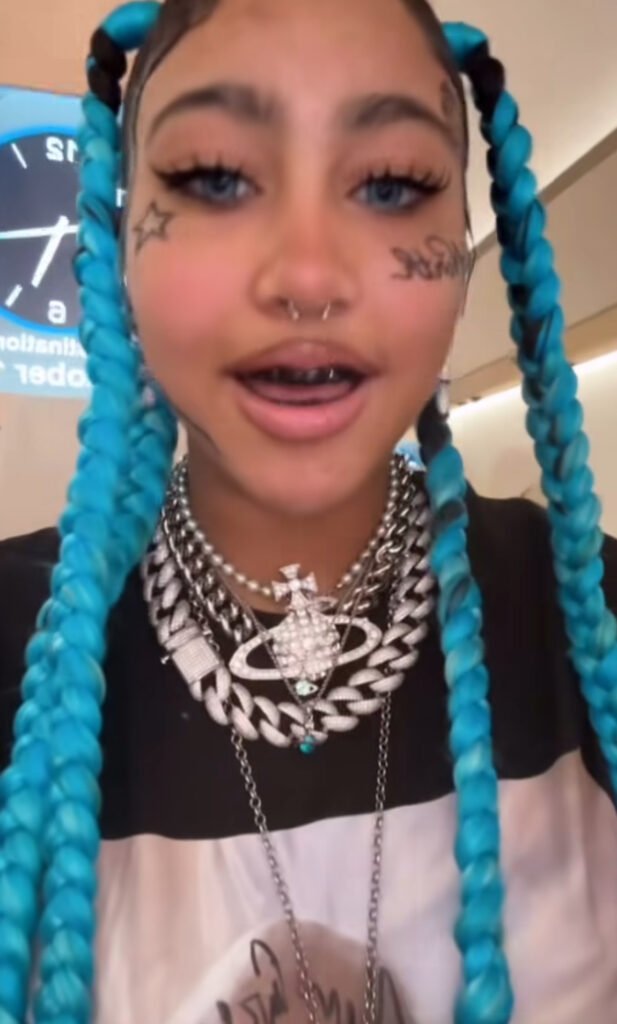
Critics argue that the tattoos — even though they appear to be temporary — are another example of celebrity children being pushed into adult trends too early. Comments flooded social media platforms, with some users saying Kim allows North too much freedom, while others defended the reality star’s parenting approach, praising her for letting her daughter explore creativity and self-expression.
“Kids should be kids,” one commenter wrote, reflecting a broader sentiment among parents online. Meanwhile, supporters pointed out that North comes from one of the most fashion-forward families in the world and that experimenting with style is part of her upbringing.
Kim Kardashian has not directly addressed the controversy, but she has often spoken about encouraging her children to express themselves authentically. North, already known for her viral TikTok appearances and fashion collaborations, seems unfazed by the criticism.
At just 12, North West continues to blur the lines between youth culture and celebrity identity — reminding the public that in the Kardashian–West household, individuality isn’t just allowed, it’s celebrated.

Jennifer Lopez is once again at the center of a media storm — but this time, it’s her first husband, Ojani Noa, turning up the heat. Following Lopez’s recent Howard Stern Show interview, in which she claimed she has “never been truly loved” by any of her exes, Noa has publicly accused the superstar of cheating and playing the victim.
In the viral Instagram post that has now spread across major outlets like TMZ and New York Post, Noa didn’t hold back.
“Stop putting us down. Stop putting me down with your victim card,” he wrote. “The problem is not us. Not me. The problem is you. You’re the one who couldn’t keep it in your pants.”
Noa and Lopez were married briefly from 1997 to 1998, before her rise to Hollywood superstardom. In his explosive statement, he accused her of being unfaithful during their marriage, claiming she prioritized fame over their relationship.
“You have been loved a few times. You’ve been married four times. And have had countless relationships in between,” Noa continued. “You decided to lie, to cheat on me. You begged me to keep the marriage intact to avoid bad press.”
Noa described himself as “faithful, honest, and loving,” saying he uprooted his life and career to support Lopez at the beginning of her entertainment journey. “I left my family, my friends, everything behind for you,” he wrote, “but once fame came calling, you left me behind.”
As of now, Jennifer Lopez has not publicly responded to Noa’s allegations. During her Howard Stern interview, the singer and actress claimed her former partners “weren’t capable” of loving her, saying, “It’s not that I’m not lovable… it’s that they’re not capable.”
Her remarks were widely interpreted as referencing all of her ex-husbands — including Marc Anthony, Cris Judd, and Ben Affleck — but it was Noa who reacted first and most forcefully. His comments have ignited widespread debate online, with many questioning whether Lopez’s honesty came at the expense of others’ reputations.
The online reaction has been intense, with social media users split between defending Lopez’s right to share her truth and blasting her for allegedly rewriting history. Meanwhile, entertainment analysts note that the controversy adds to an increasingly turbulent year for the singer, following canceled tours, underperforming films, and ongoing scrutiny over her marriage to Affleck.
This latest backlash has also reignited conversations about Lopez’s highly publicized romantic history. As tabloids and fans speculate whether more exes might respond, the situation underscores an old truth in celebrity culture — that every candid confession comes with consequences.
For now, Jennifer Lopez remains silent. But in the court of public opinion, the debate about who’s really at fault in her love story is only just beginning.
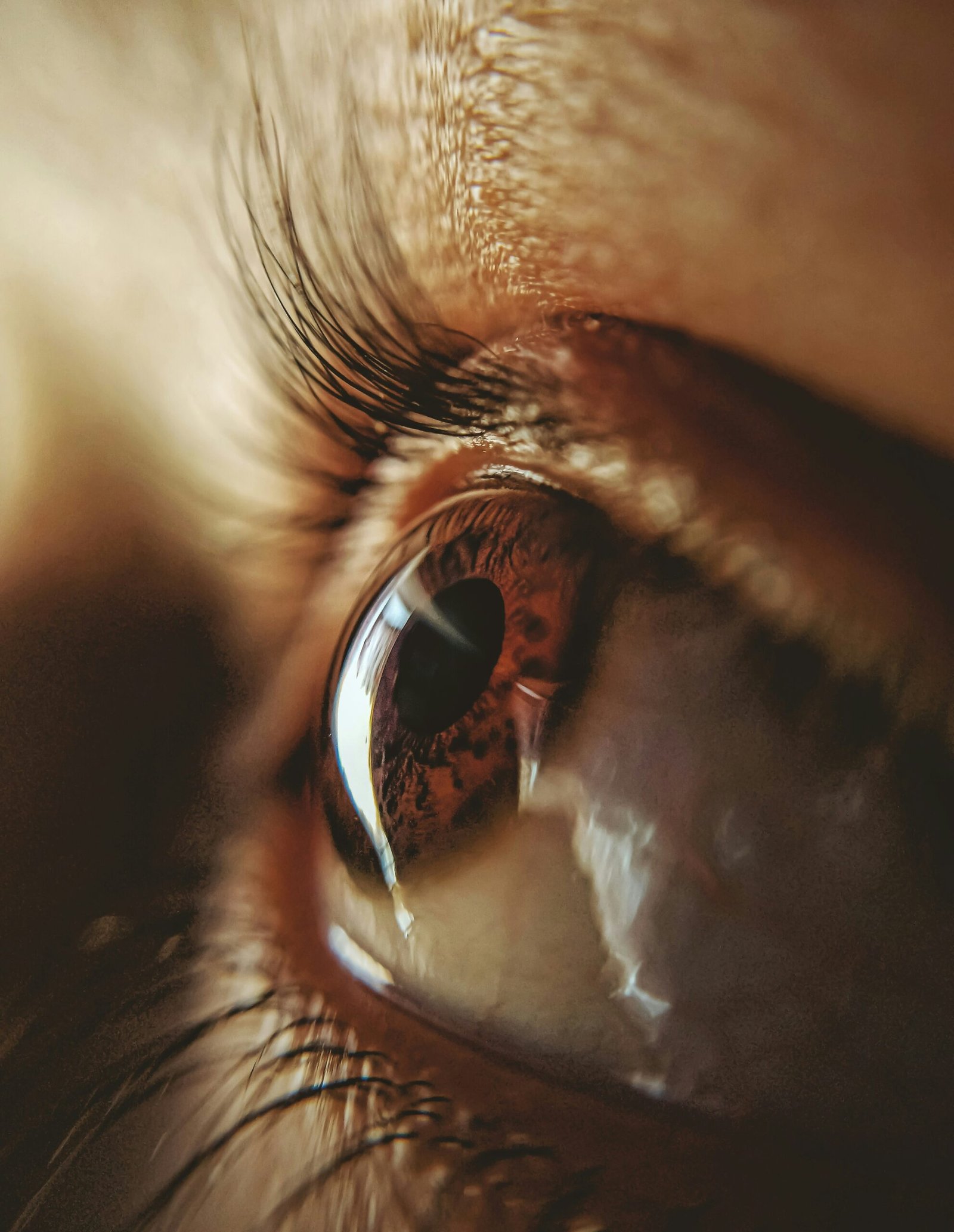
By all appearances, Hollywood is a dream factory — a place where charisma, talent, and luck collide to create stars. But behind the camera lights and red carpets lies a conversation few inside the industry speak openly about: the spiritual and moral price of ambition.
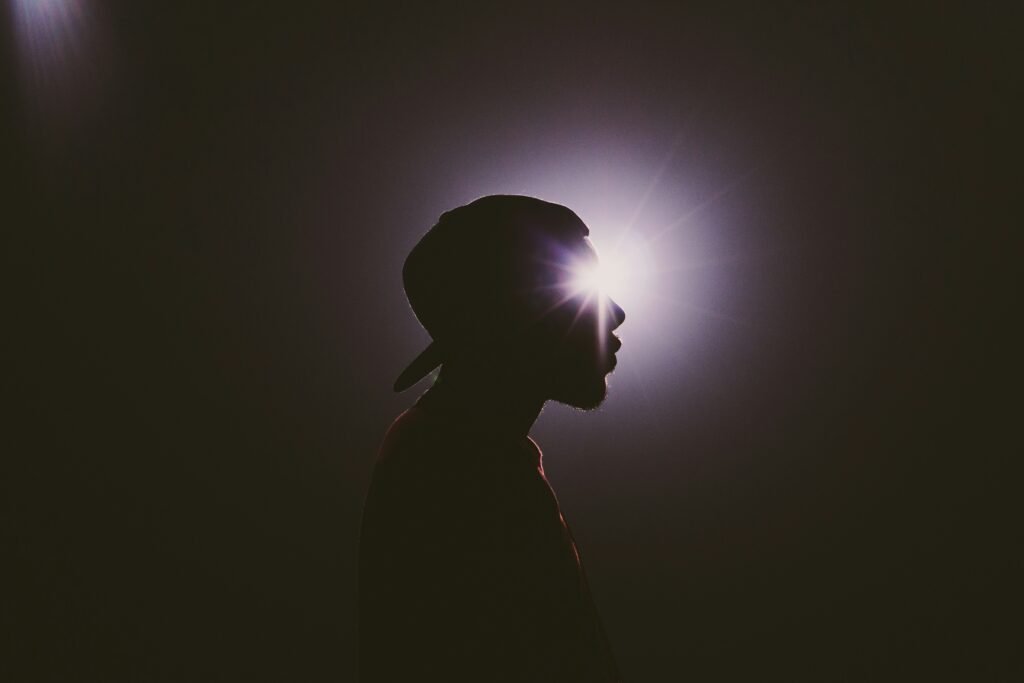
For actor Omar Gooding, the idea of “selling your soul” in Hollywood isn’t a metaphor — it’s a moral process that begins with tiny compromises. In an October 2025 interview, Gooding explained that no one in Hollywood makes a literal deal with the devil. Instead, it’s the quiet yeses, the moments when comfort overrides conviction, that mark the beginning of the trade. “They don’t say, ‘Take this or you’ll never make it,’” he said. “They just put it in front of you. You choose.”
Those choices, he argues, create a pattern. Once you show that you’ll accept something you once resisted, the industry notices. “Hollywood knows who it can get away with what,” Gooding said. “One thing always leads to another.” The phrase “selling your soul,” in this context, means losing your say — doing what you’re told rather than what you believe in.
That moral tension has long shadowed the arts. Comedians like Dave Chappelle, who famously walked away from millions to preserve his creative integrity, often serve as examples of where conviction and career collide. In resurfaced interviews, Chappelle hinted that he felt manipulated and silenced by powerful figures who sought control of his narrative, warning that “they’re trying to convince me I’m insane.”
This isn’t just about conspiracy — it’s about agency. Hollywood runs on perception. Performers are rewarded for being agreeable, moldable, entertaining. Those who question the machine or refuse the script risk exile, while those who conform are elevated — sometimes beyond what they can handle.
“We see the ‘collections’ all the time,” Gooding explained. “When the bill comes due, you can tell. They made that deal long ago.”
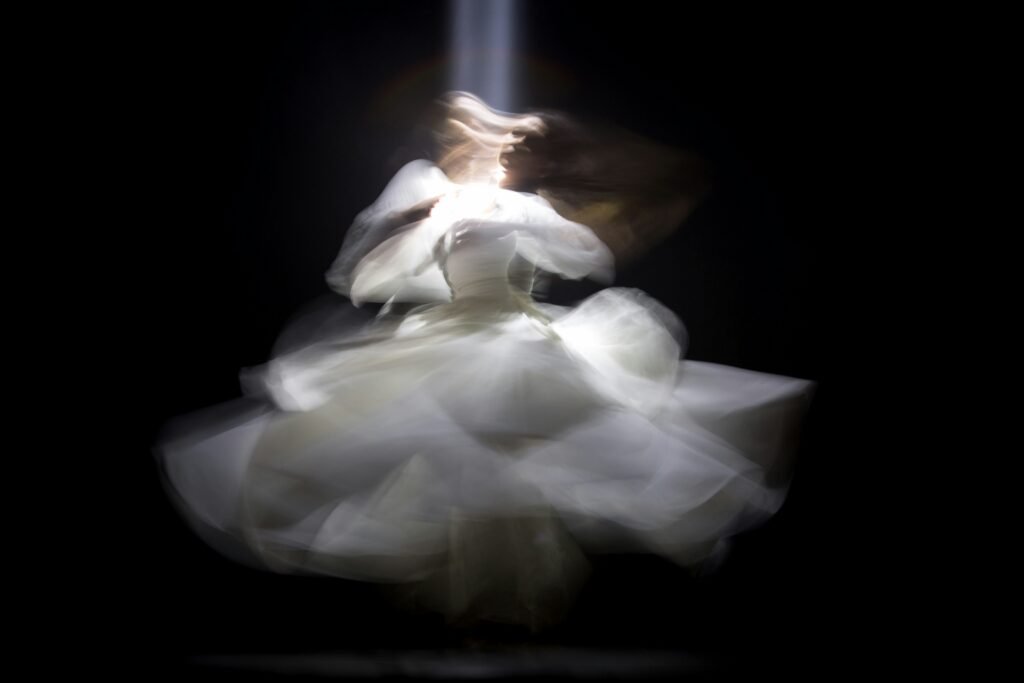
But the story doesn’t end in darkness. Gooding also emphasizes that in today’s entertainment landscape, artists have more control than ever. With streaming, social media, and creator‑driven platforms, performers don’t have to “play the game” to be seen. Independent creators can build their own stages, speak their own truths, and reach millions without trading authenticity for access.
Still, the temptation remains — recognition, validation, quick success. And every generation of artists must answer the same question: What are you willing to do for fame?
As Gooding put it, “You just make the best choices you can. Because once it’s gone — your name, your peace, your soul — there’s no buying it back.”


Why Are Influencers Getting $7K to Post About Israel?


Why Did Gen Z QUIT Drinking Alcohol?


How AI Is Forcing Everyone Into the Entrepreneur Game


Keith Urban and Nicole Kidman Split After 20 Years as Actress Files for Divorce


Tilly Norwood’s Rise Stirs Controversy


How a Government Shutdown Could Hit Your Life and Wallet
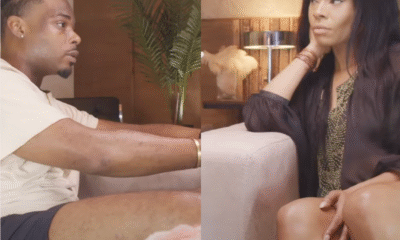

Why Did Dakarai Trash His NBA Letters?


Overqualified? Great, Now Prove You’ll Work for Free and Love It!